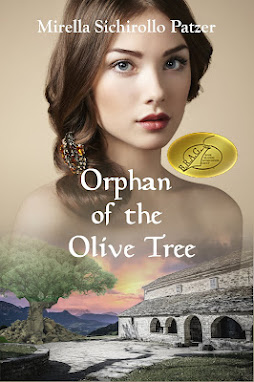Shirley Temple Black - A Depression-Era Woman of Distinction by Normal Welty
Shirley Temple
Black—A Depression-Era Woman of Distinction
A guest post by Norma Welty
Author of
The Dirty Days
A Young Girl's Journey to and from the Oklahoma Dust Bowl
There
are several distinguished American women whose biographies would
provide a wealth of information about their significant contributions to our
society. But I have chosen to proclaim Shirley Temple as my Depression-era woman
of distinction—a noteworthy American child who became a solid role model for
American women. Especially in the eyes of the many living women who are of the
same generation as Ms. Temple Black.
Many
girls, like myself, who grew up extremely poor in the Dust Bowl
during the 1930s Great Depression revered Shirley Temple. We
knew about her through listening to the girls from the more well-off families
whose parents took them to see the young actress's movies. These more fortunate
girls often brought pictures of Shirley Temple to school and talked profusely
about her and her movies.
From a
poor girl's perspective, the young actress possessed a
wholesome beauty and goodness in character that came from within, and she
had an admirable talent and obvious athletic strength. As residents
of the heat belt, we could appreciate Shirley Temple's endurance of hot, sweaty
dance lessons and challenging rehearsals.
More
importantly to girls from poor families, her success engendered in us a
subconscious hope for better times—adequate clothing, healthy diet, dust-free
air and enough water for crops and human consumption. And while laboring
in the field we may have grumbled a bit, but we persevered just as we
knew young Shirley would have done, had she been in our unfortunate circumstances.
Off
screen, Shirley Temple has lived her adult life in ways that have confirmed our
assessment of her in our youth. Her physical strength and mental
perseverance sustained her during her recovery from breast
cancer; and she was bravely one of the first prominent women to talk openly
about breast cancer and its survival to the media. And, she steered
herself toward several other noteworthy endeavors.
Ms.
Temple Black ran for Congress when the majority of voters weren't yet
prepared to vote for a woman rather than a male opponent—and was
defeated. But she hadn’t put all her eggs in one basket. Later, she was
appointed to represent the United States in the United Nations, was
the first woman appointed US Chief of Protocol and she later
served as US Ambassador to Ghana and US Ambassador to Czechoslovakia. She did
it all without fanfare, and to name but a few, she may have paved the way for
Madeleine Albright, Condoleezza Rice and Hillary Rodham Clinton.
Think
about it. As a child, Shirley Temple persevered throughout a grueling
movie-making schedule of singing, dancing and acting while winning the hearts
of millions. She later served her country with dignified aplomb, received accolades
such as the Actors Guild SAG Life Achievement Award and Kennedy Center Honors,
and she published a well-received autobiography. Now a widow in
her eighties, she is working on a second volume.
I’m
also in my eighties and have written my first book, which includes in its story
many references to Shirley Temple—one of my childhood heroes. To me she is much
more than a former exceptionally talented child movie star or a commercialized
icon of by-gone days. And I believe numerous older women, myself included, who
grew up during The Great Depression still think of her as their childhood symbol
of hope for better times.
 |
| From History and Women |




















Post a Comment
1 Comments